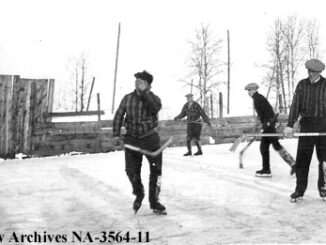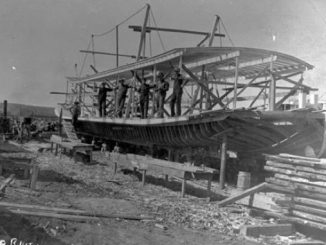As with the majority of skiing and mountaineering history in western Canada, Marmot Basin can also trace its roots back to Swiss guides. In this case, Joe Weiss guided clients into the area using cross-country skis. During these forays in the late 1920s, Weiss utilized Whistler’s Creek via Caribou Ridge as his access point. Weiss is also credited as the one who named Marmot Basin during these early expeditions. The 1930’s saw the first trail from the Athabasca Valley created into the Marmot area. This same crude trail was utilized again in the early 1940’s when the British army utilized Marmot Basin for specialized alpine training. Troops were transported using early snowmobiles and snow cats.
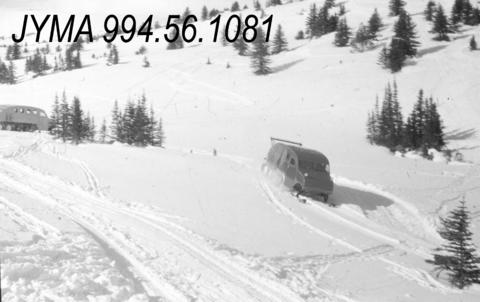
The first road was built in the 1950’s thanks to lobbying from Bill Ruddy and Tom McCready. Using this new access point from the highway, Ruddy was able to transport passengers, just 15 at a time, via Bombardier snow cat into Marmot Basin. It was in the 1960’s that the larger vision for Marmot Basin first started to take shape. Toby Rayner, who was now operating the snow car concession, constructed a 700-metre tow rope utilizing parts he salvaged from an abandoned British army vehicle. Marmot Basin Ski-Lifts Ltd., as it was known in 1964, received a Licence of Operation from Parks Canada. Later that same year the Upper Chalet was built and the Yellow T-Bar was installed. The Red T-Bar was installed the next year.
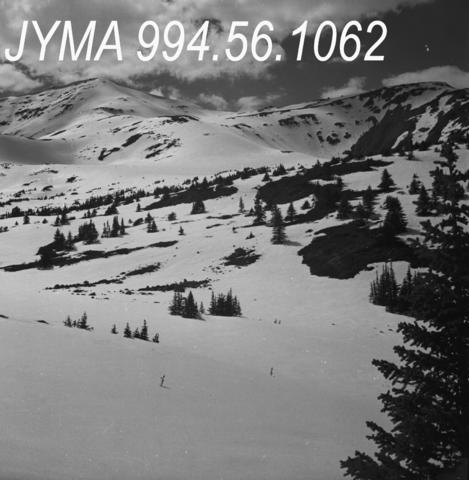
Over the ensuing decades the highway was modernized, the Caribou, Knob, Eagle Express, and Eagle Ridge Chairs were installed, the Paradise Chalet was constructed, runs were extended, the first terrain park was unveiled, alpine bowls were opened, and the Lower Chalet was expanded. Marmot Basin has come a long way since those formative years and is showing no signs of slowing down. Just this off-season, for example, the Knob Chair underwent a major renovation and expansion project and will be known as the Knob Quad Chair when it starts spinning in December. This year marks the 60th anniversary in Marmot Basin’s storied history so we thought we’d celebrate with a collection of vintage photos. Enjoy!
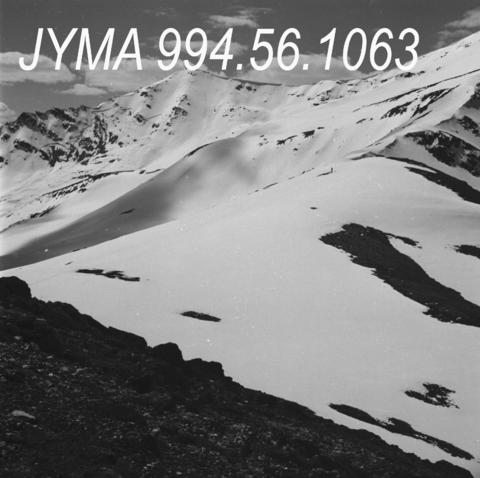
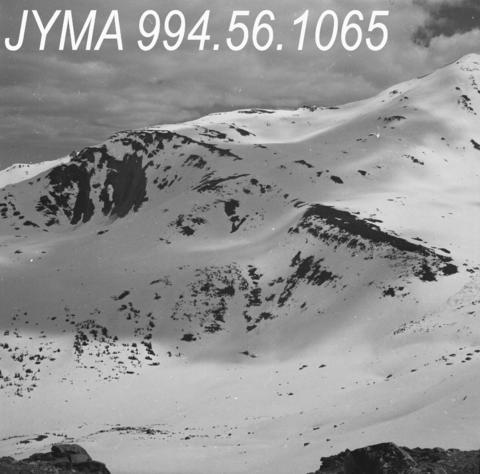
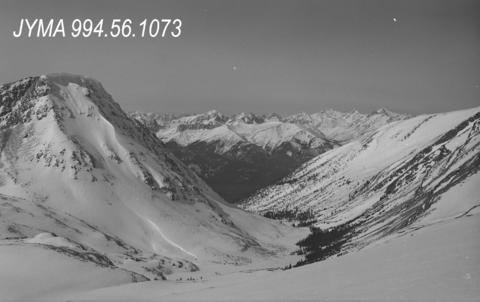
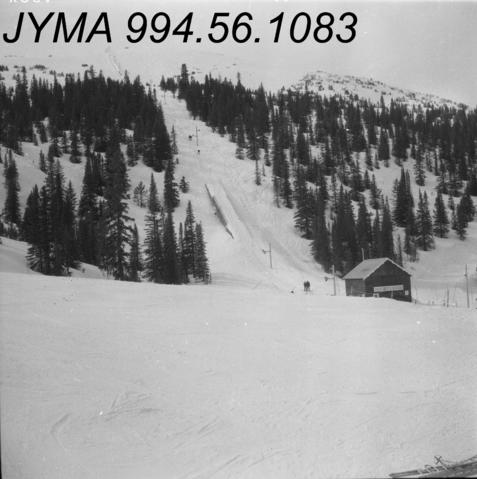
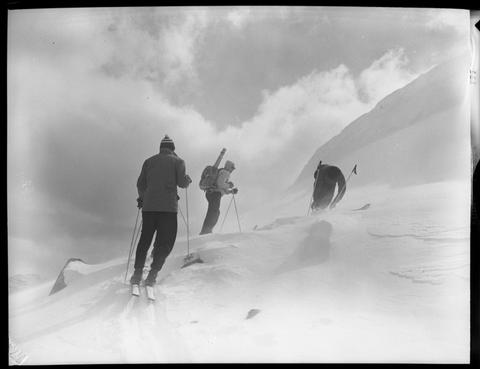
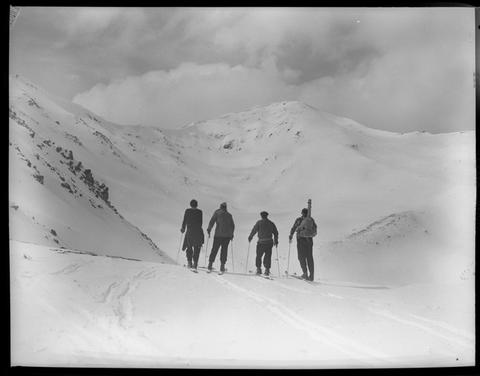
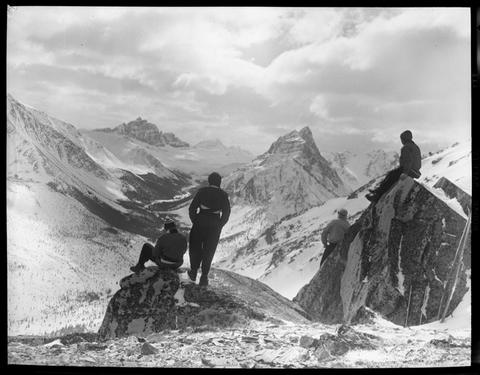
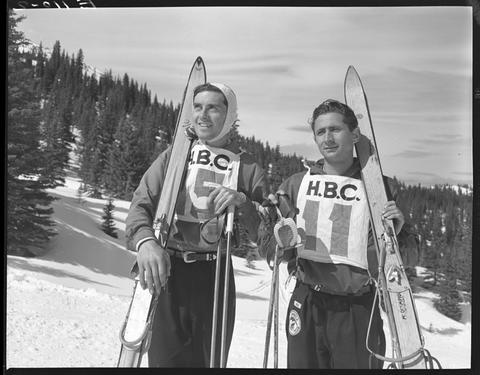
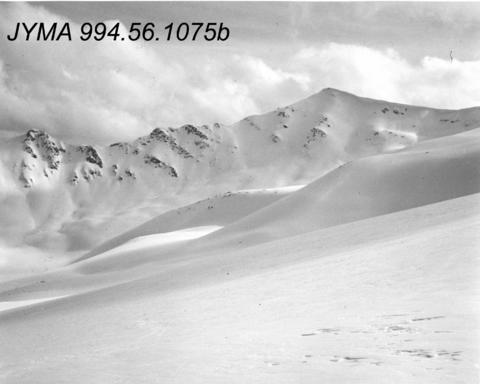
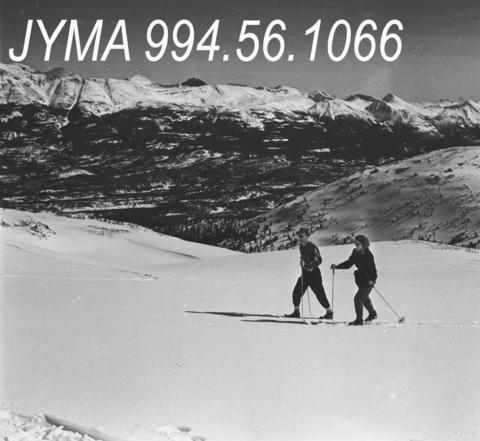
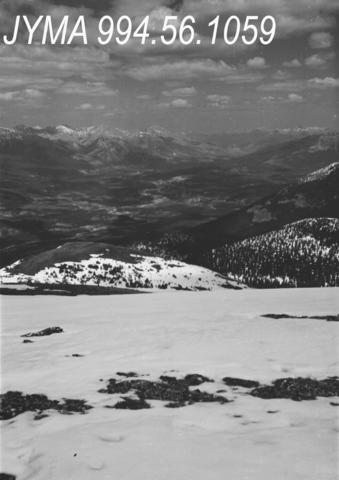
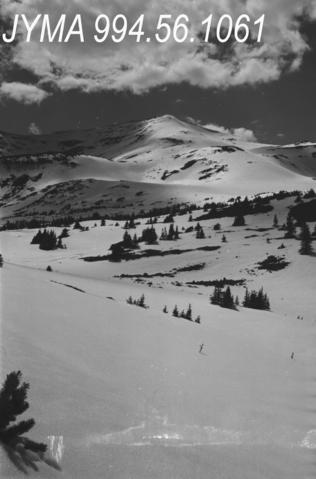
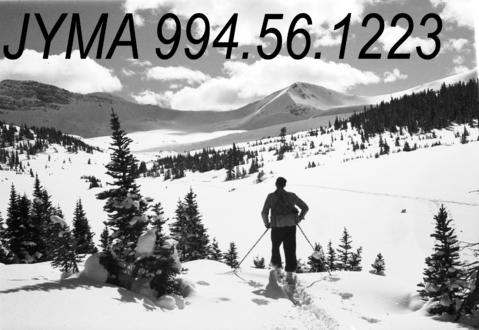
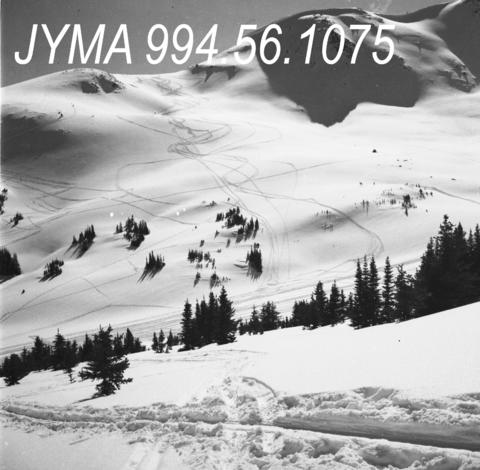
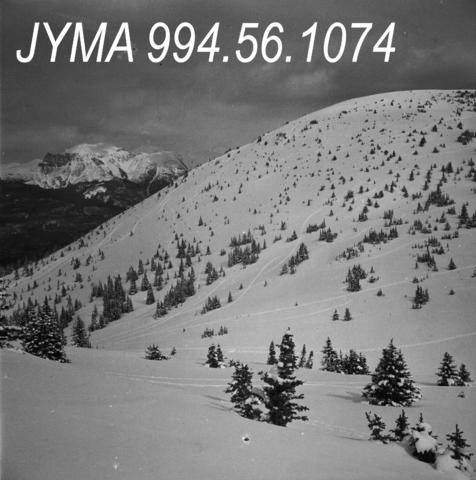
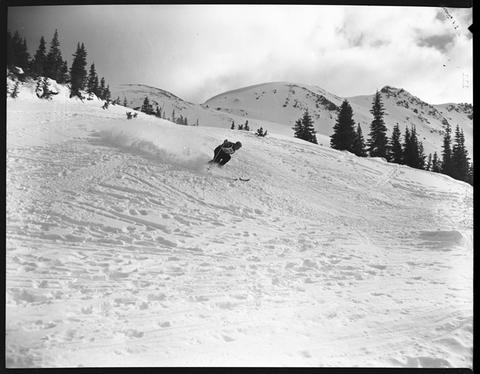
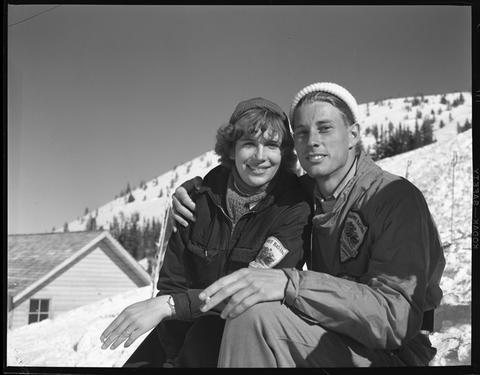
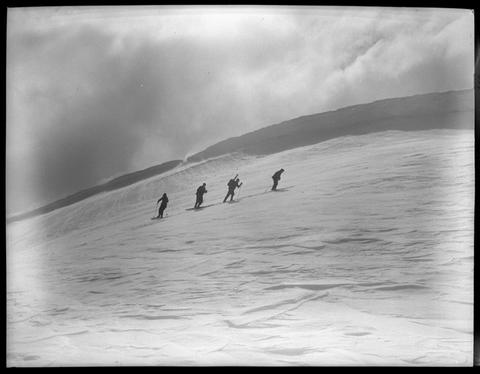
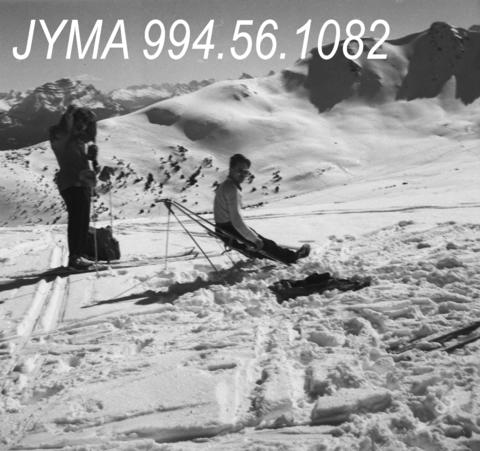
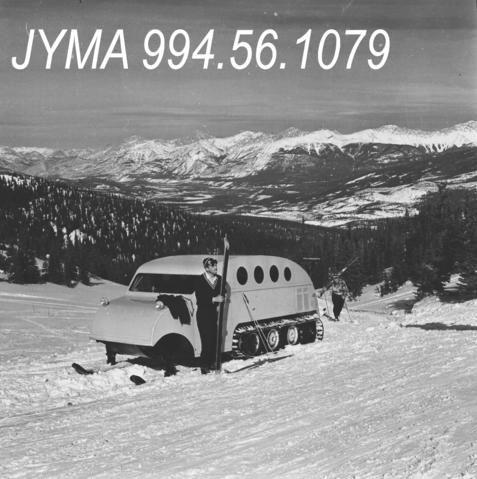
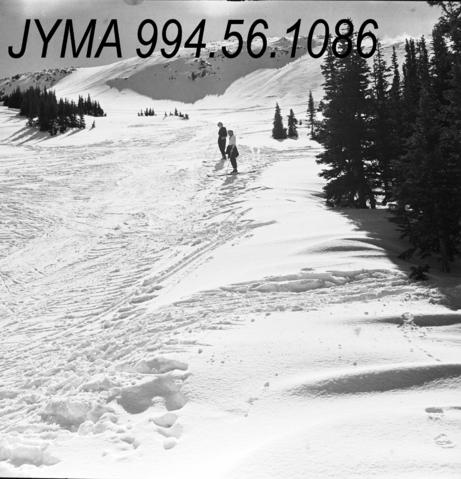
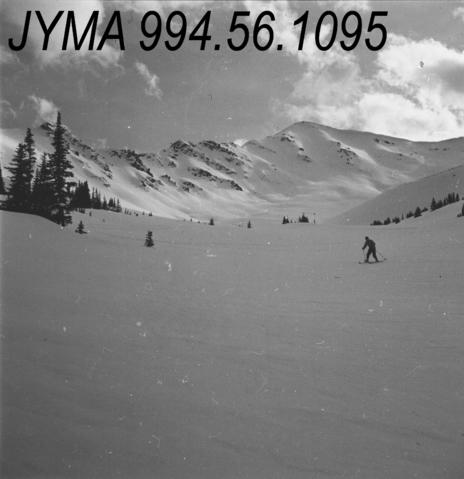
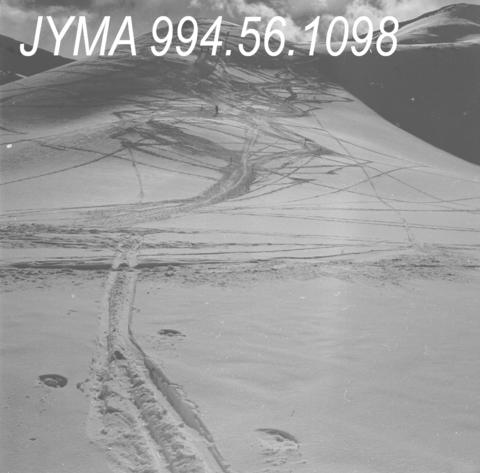
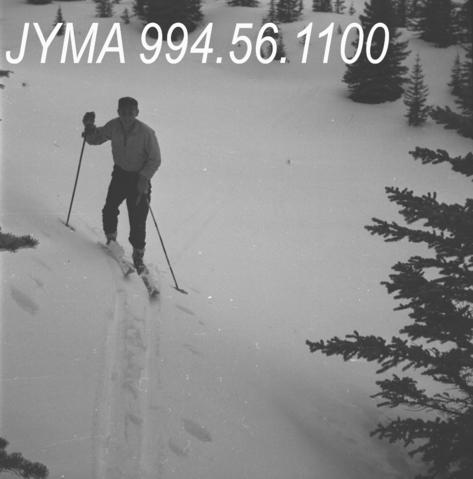
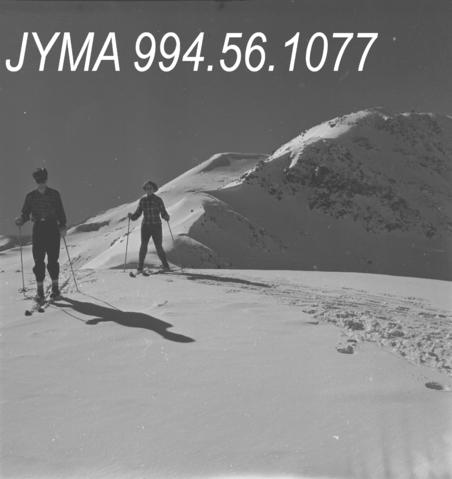
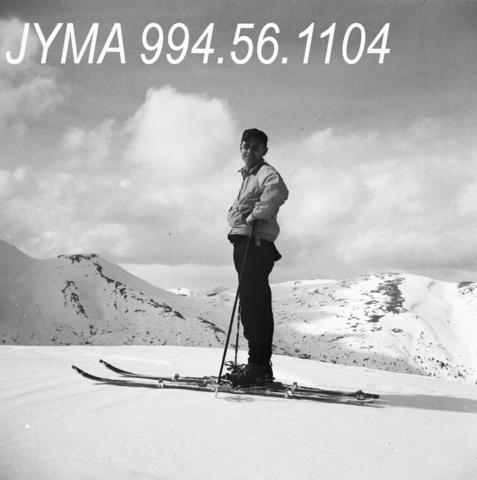
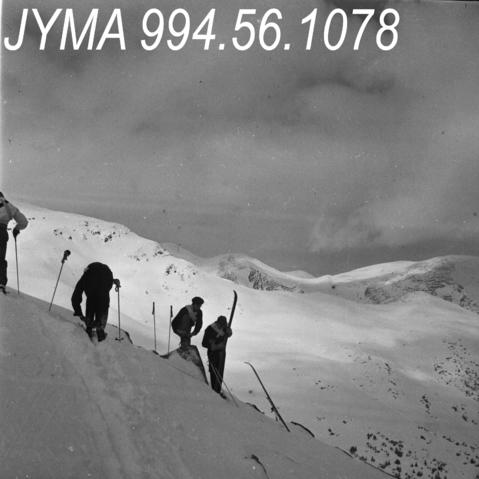
For similar posts, please see these previous stories including Vintage Photographs of Skiing from Across Alberta and Vintage Photos from Banff’s Sunshine Village.

The photos above were collected from Archives Canada. If you’re interested, additional information can be found for each photograph on the Archives Canada website by searching the reference code that is included in the caption of each photo. Stay tuned for additional posts featuring historical photos from across Alberta and western Canada. We’d love to know what you think in the comment section below.
Some images are from The Jasper-Yellowhead Museum & Archives is a valuable institution dedicated to preserving and showcasing the rich history and heritage of the Jasper and Yellowhead region. With their extensive collection of artifacts, photographs, and documents, they offer an immersive experience that takes visitors on a journey through time. However, maintaining and expanding these collections requires community support. There are numerous ways you can contribute to their efforts. Consider becoming a museum member and enjoy exclusive benefits such as free admission and access to special events. Additionally, financial contributions through donations or sponsorships play a vital role in sustaining the museum’s programs and exhibitions. If you have historical items related to the area, consider donating them to the museum to ensure their preservation and availability for future generations. By supporting the Jasper-Yellowhead Museum & Archives, you are contributing to the conservation and celebration of our local history, enabling others to learn and appreciate the unique heritage of the region.



